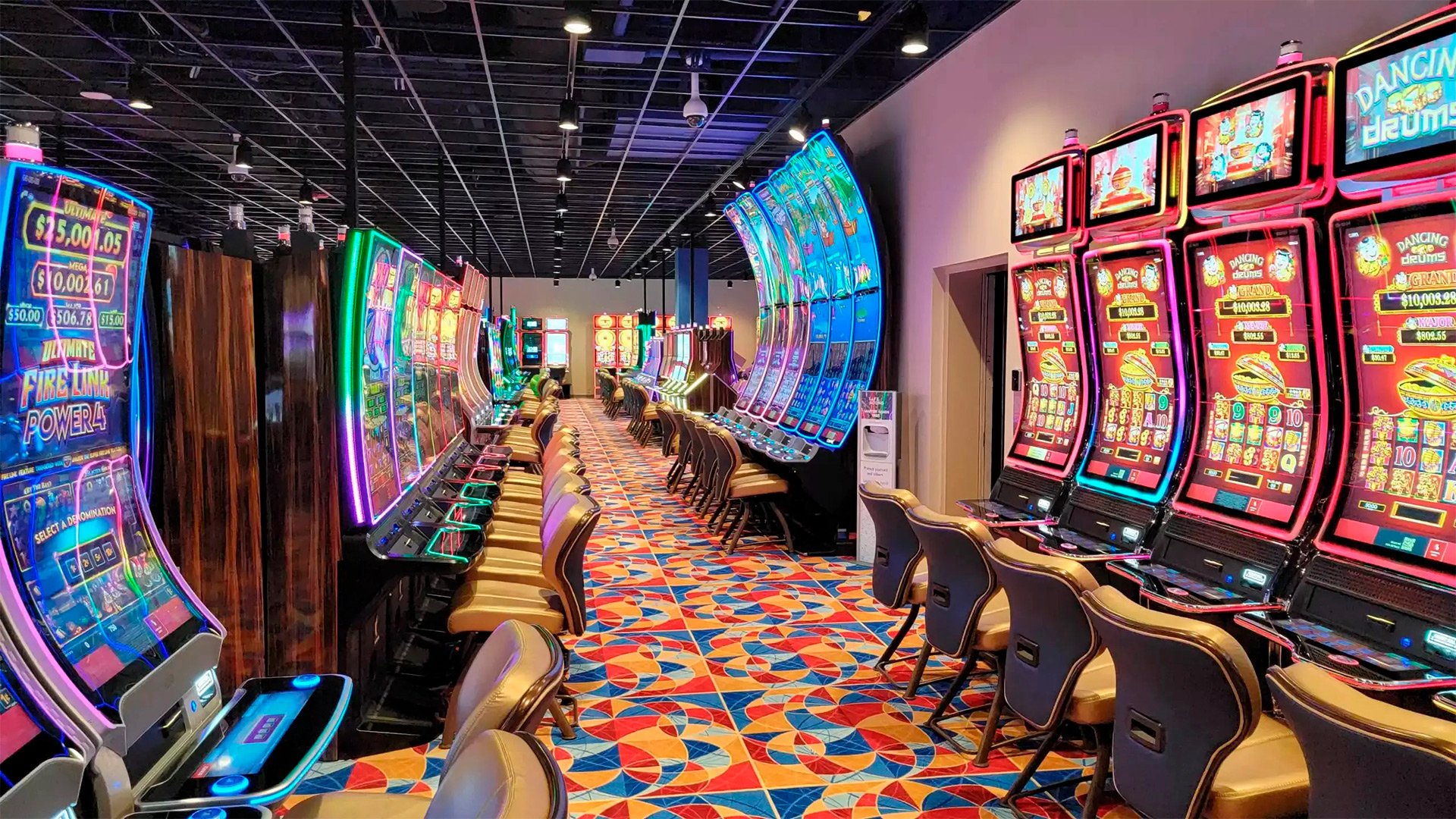
Casino games have long captivated people’s attention, drawing gamblers into a world filled with chance, tactics, and the allure of adventure. Each experience is carefully crafted not just for fun, but also to inspire particular emotional responses that keep gamblers involved and committed. j7bet Understanding the drives behind these designs reveals much about how psychology plays a key role in the gaming experience.
From the dazzling lights and dynamic sounds to the complex layering of rules and payoffs, casino games are designed to create an atmosphere of anticipation and expectation. Game designers leverage psychological principles to influence player behavior, whether through the use of big prizes, close-call situations, or social interactivity. By examining these aspects, we can better appreciate how casino games fulfill not just a want for entertainment, but underlying psychological needs for adventure and uncertainty.
Understanding Gamer Behavior
Casino games are crafted with a thorough comprehension of gamer psychology, which is essential for attracting and holding players. The thrill of the game, coupled with the anticipation of winning, establishes a powerful draw. Game designers utilize elements like sound effects, dynamic graphics, and immersive gameplay to engage attention and generate emotional responses. These sensory elements enhance the total environment, making players feel more involved in the game.
Another significant aspect of player behavior is the idea of risk and reward. Casino games often manage risky situations with the potential for significant rewards, which can lead to the occurrence known as near-miss phenomenon. When players come close to winning, the brain releases dopamine, strengthening their behavior and encouraging them to continue playing in quest of that fleeting win. This cycle of hope and letdown plays a crucial role in how games are constructed and advertised.
Lastly, social elements also play a pivotal role in player behavior at casinos. Many games are crafted to be played in teams or alongside other players, nurturing a sense of belonging and shared experience. The social interaction inherent in games like baccarat enhances enjoyment and can culminate in prolonged gaming periods. Designers take advantage on this by crafting environments that invite players to linger, interact, and come back, making the overall casino experience more attractive.
The Role of Visuals and Sound
Imagery and audio play a crucial role in improving the player’s experience within gambling games. Designers utilize vibrant colors, eye-catching graphics, and engaging animations to capture players’ attention and hold their focus. The use of motifs, such as adventure or luxury, helps create an enthralling atmosphere that takes players into another world. By appealing to the senses, these elements contribute to a intensified emotional response, prompting players to engage more profoundly with the games.
Audio design is just as important in reinforcing the experience of gambling games. The combination of background music, audio effects for successful combinations, and ambient noises creates an auditory landscape that keeps players fascinated. Sounds associated with victories, such as chiming bells or celebratory music, evoke feelings of thrill and reward, encouraging players to keep playing. These sound cues are strategically placed to amplify the excitement of the game and create a more immersive experience.
Moreover, the synchronization of imagery and sound is essential for reinforcing the game’s overall theme and atmosphere. Each element should coordinate harmoniously to create a cohesive experience that pulls players in. The effective use of this synergy not only enhances user satisfaction but also boosts the likelihood of return play, as players become more invested in the immersive world that the casino games offer. This thoughtful combination of imagery and sound ultimately enhances player engagement and loyalty.
Incentive Systems and Engagement
The design of casino experiences greatly depends on reward systems to ensure participants engaged and coming back for more. These structures are rooted in psychological theories that exploit human nature and desire. Participants are often motivated by the thrill of success, which is supported by instant responses through the game structure’s mechanics. This instant gratification not just enhances the gaming experience but also fosters a sense of success, encouraging participants to continue playing in hopes of bigger gains.
Gaming establishments adopt various incentive systems, such as large payouts, bonuses, and multipliers, to engage players. These elements create a level of excitement that sustains engagement. Additionally, the unpredictability of outcomes plays a significant role in sustaining attention. The variable reward system, where successes are random but happen often enough, keeps participants on edge and motivated to keep playing. This cycle of anticipation and anticipation is foundational to the effectiveness of gambling experiences.
Furthermore, social elements, such as competitive events and multiplayer features, boost the participation factor by tapping into the desire to compete of participants. The communal aspect of gaming with fellow participants can amplify the thrill of success and create a sense of community within the casino. By integrating these community elements with efficient incentive structures, casino games don’t just offer entertainment but also nurture a stronger bond among players, reinforcing their loyalty to the overall experience.
